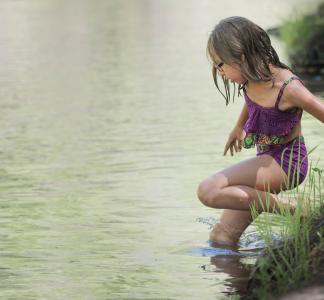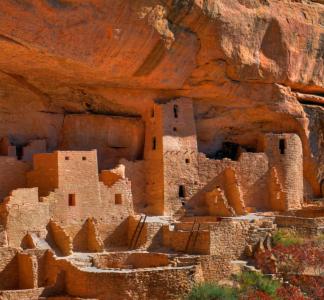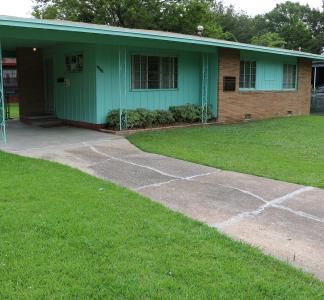14 ways to celebrate Independence Day on public lands
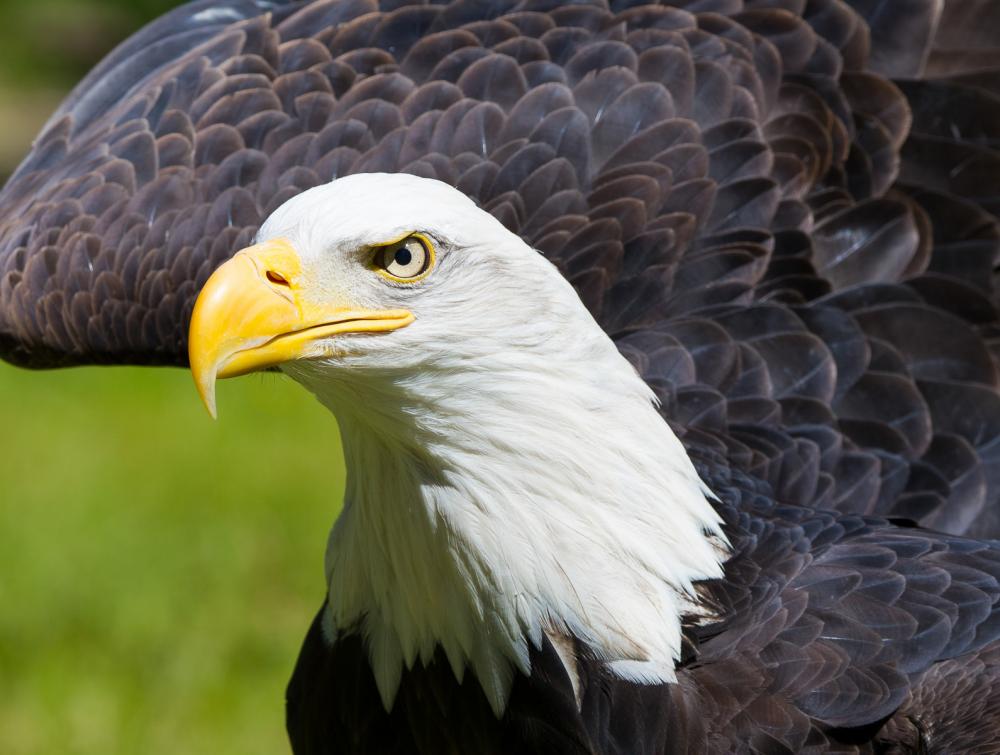
Bald Eagle, Alaska
Lisa Hubb, USFWS
See bald eagles or revisit civil rights history
Public lands are something we all have in common. From lawmakers to activists, lots of people have fought to maintain and expand protections for our precious wildlands and historic spots. There’s no better way to celebrate July 4th than to enjoy some uniquely American experiences in those shared places.
This Fourth of July, consider taking some time to bask in the grand wilderness or reflect on the complex history of our nation. You can do this by participating in an Independence Day event on public lands or visiting a monument or other significant cultural spot to learn more about the people, ideas and events that exemplify America.
Enjoy a traditional or natural fireworks display:
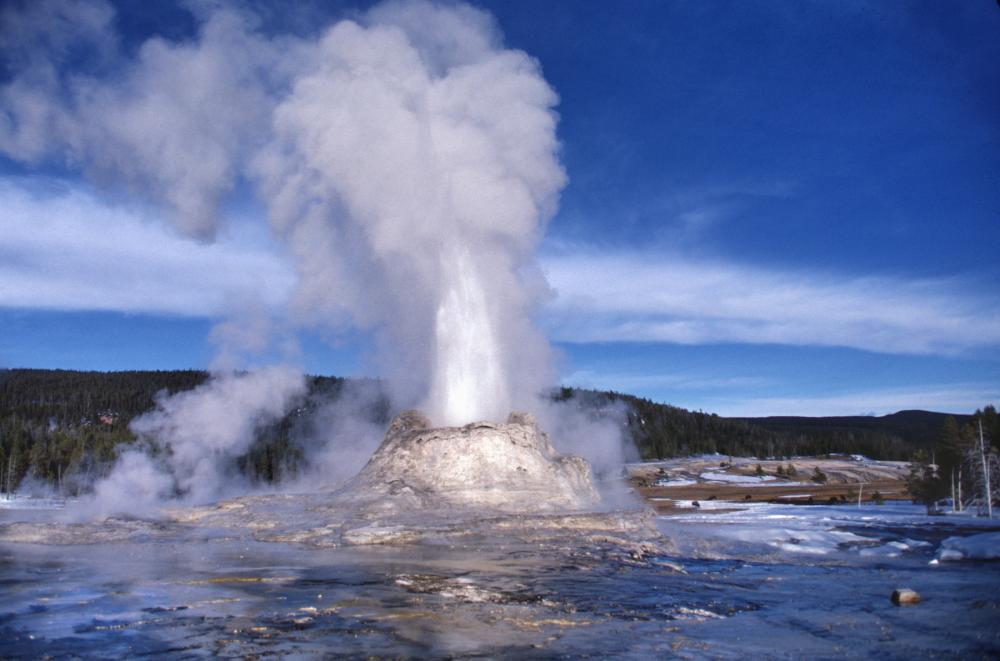
Yellowstone Geyser, WY
George Lamson, Fickr
1. See fireworks on the National Mall
No Fourth of July would be complete without a fireworks display! The National Park Service puts on an annual display of fireworks over the National Mall in Washington, DC. Watch fireworks explode over some of America’s most iconic monuments, or if crowds aren't your thing, get a view from the Chesapeake Bay. The nation’s capital is abuzz all day with Fourth of July events like a national Independence Day parade and activities at Frederick Douglass’ Cedar Hill estate in Anacostia (including a performance of a famous speech originally delivered by Douglass himself).
2. Enjoy Red, White & Boom's firework display
Minneapolis has one of the most spectacular fireworks displays in the U.S. The show takes place on the downtown Minneapolis Riverfront, and is known as “Red White & Boom”. There are many public parks you can visit for a good view of the show, along with a multitude of events and celebrations. The fireworks explode overlooking the St. Anthony Falls and the Mississippi River, giving viewers a chance to appreciate some of Minnesota most precious protected resources while celebrating Independence Day.
3. See Yellowstone's natural fireworks
In 1872, almost 100 years after the signing of the Declaration of Independence, Yellowstone became the first national park. Yellowstone is famous for its spectacular hydrothermal features like geysers and hot springs which are like nature's own fireworks display. The park is also home to the largest concentration of mammals in the lower 48 states, including grizzly bear, bison and wolves.
Spot a bald eagle in its natural habitat:
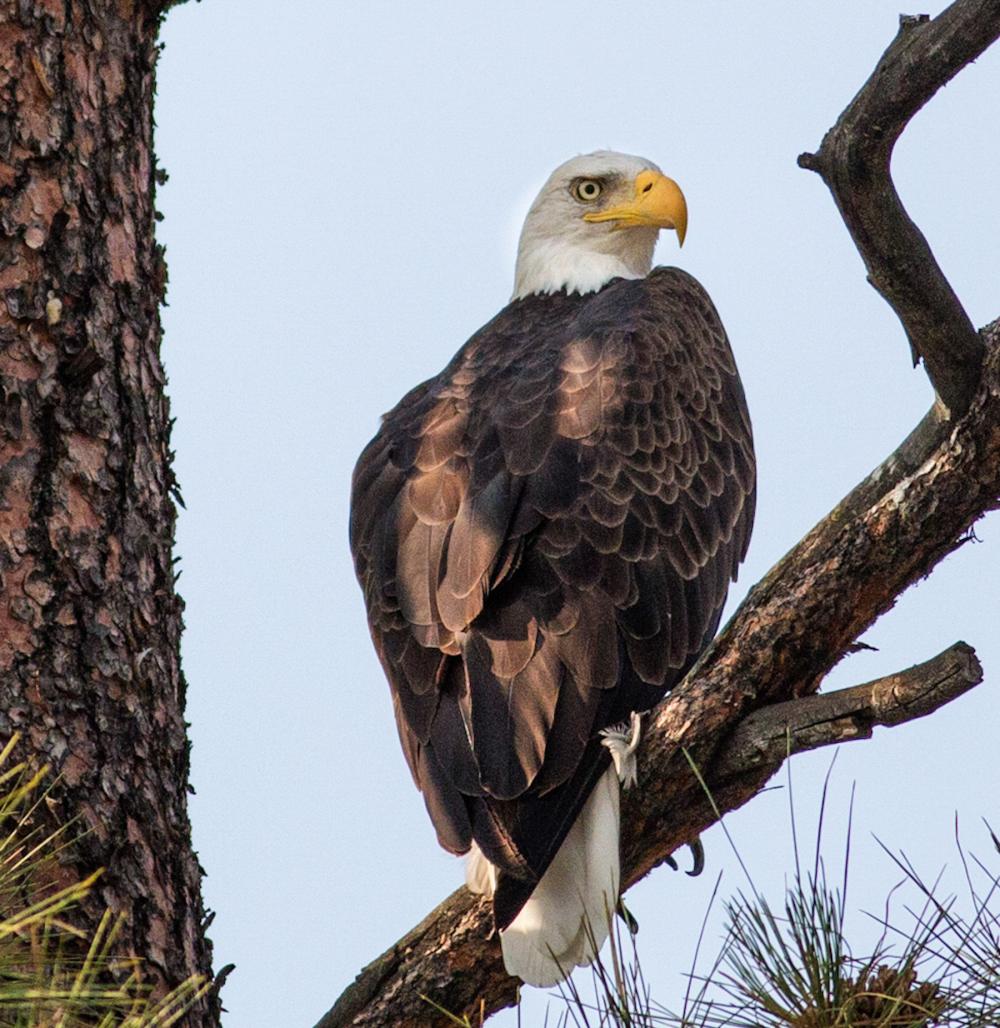
Bald Eagle, MT
Bob Wick
4. Go birding in Blackwater National Refuge
Nothing evokes ‘America’ quite like the bald eagle, our national bird and national emblem. There are a few places where viewers might spot these magnificent birds in the summertime. Blackwater National Refuge in Maryland is home to the largest breeding population of the American bald eagle on the East Coast. Even if you’re not lucky enough to spot an eagle, this refuge is an ecologically diverse area that will not disappoint when it comes to other wildlife sightings. More than 85 species of birds breed in the refuge woodlands and surrounding habitat.
5. See an eagle in Alaska
If you're hoping for a guaranteed eagle sighting, your best bet is to visit Alaska. The state’s public lands contain habitat for lots of iconic American wildlife, and it is specifically known for being eagle country. You’re able to spot bald eagles pretty much anywhere in Alaska, but the coastal southcentral or southeastern parts of the state are great places to start. Around the Fourth of July, Kenai National Wildlife Refuge is a perfect spot to visit; spawning king salmon are just returning to the Kenai Rivers, drawing hungry eagles from all over the state.
Visit a historic spot:
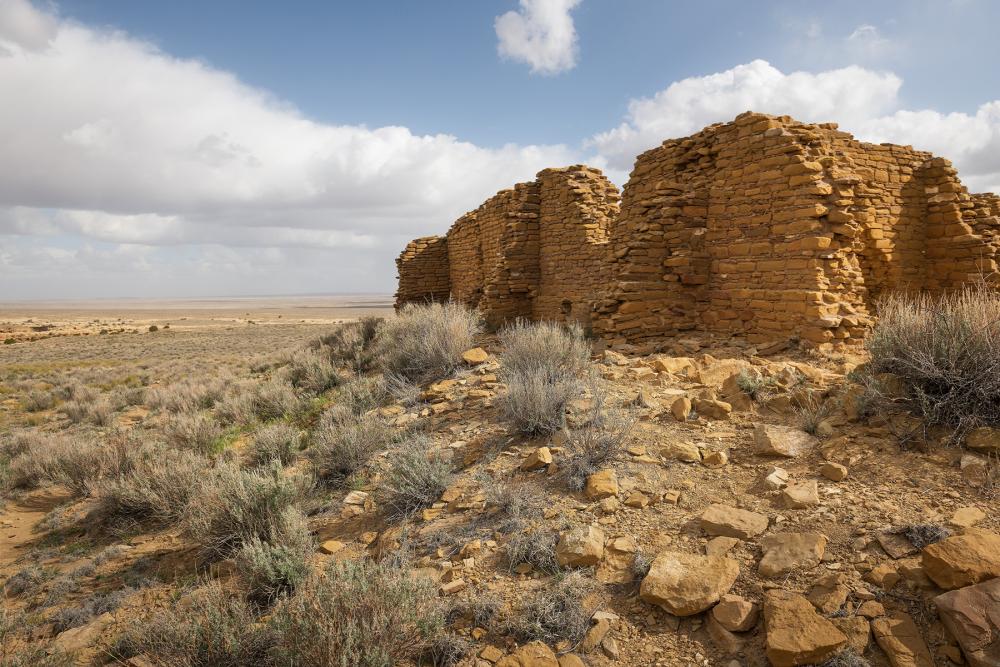
Mason Cummings, TWS
6. Celebrate African American history
Celebrate African-American and civil rights history by visiting the Pullman National Monument, the first national monument in Chicago. Pullman is best known as the scene of a violent confrontation between federal troops and striking workers, but it’s also the birthplace of the first major labor agreement between a company and an African-American union. Within the broad monument “district,” you can visit the A. Philip Randolph Pullman Porter Museum, named for the founder of the Brotherhood of Sleeping Car Porters. Not only does Pullman commemorate several historical milestones, it represents a step forward in the long overdue process of making national monuments and other federally recognized historic sites more representative of the full spectrum of Americans and American history, including by telling the stories of more people of color.
7. Immerse yourself in revolutionary history
Colonial Williamsburg is well known as a living history museum and national historic landmark, complete with actors and reenactments. The park offers fireworks on July 4th, among other events and performances, including readings of the Declaration of Independence and a theatrical exploration of African American perspectives in history. This is the perfect place for history lovers.
8. Take a paddling tour of the Lewis and Clark River
The Lewis and Clark trail is approximately 4,900 miles long and stretches over 16 states and there is plenty to do and learn along the way. Families can take a guided paddling tour in the Oregon and Washington section of the trail that includes scenic views and a cultural and natural history of the river. Or, at Nez Perce National Historical Park, another stop on the trail, enjoy learning the rich history of indigenous tribes such as the Nez Perce whom Lewis and Clark met at Canoe Park, Idaho. Here, visitors can explore the land where the Nez Perce lived for thousands of years.
9. Commemorate the women's suffrage movement
Visit the Belmont-Paul Women's Equality Monument, in Washington, DC, to learn more about the women's suffrage movement. The Belmont-Paul House rests right on Capitol Hill, where it served as an organizational hub and second home for many women in the National Woman's Party. This spot is the perfect place to visit during Independence Day to remember the continued struggle for equality and freedom in the U.S., even well after the Declaration of Independence was signed.
10. Pitch a tent in Chaco Canyon
New Mexico’s Chaco Canyon was a cultural center for Ancestral Puebloans. The canyon includes many sites that are culturally important to some Pueblo people and the Navajo Nation, including some of the United States’ most well preserved ancient artifacts. Visitors can stay on Chaco campgrounds while celebrating the Fourth of July, and dive deep into the early history of North America. This is the perfect opportunity to remember and learn about indigenous peoples who flourished here and understood the value of the land long before Europeans ever laid eyes on it.
11. Dive deep into Mount Rushmore’s history
Mount Rushmore is a classic American memorial, showcasing rock carvings of George Washington, Thomas Jefferson, Theodore Roosevelt and Abraham Lincoln. But the surrounding wilderness offers even more to draw visitors to this unique area. The memorial is surrounded by South Dakota’s Black Hills, which contains spots to climb, camp, hike and more.
Rushmore has a complex history, including the opposition to its construction by indigenous groups and environmentalists. The Black Hills are sacred to the Sioux tribes and the site of Rushmore is close to the site of battles between the tribe and the US Army. Today, Mount Rushmore and the surrounding lands have this complex history on display.
See some of the US’ iconic wilderness:
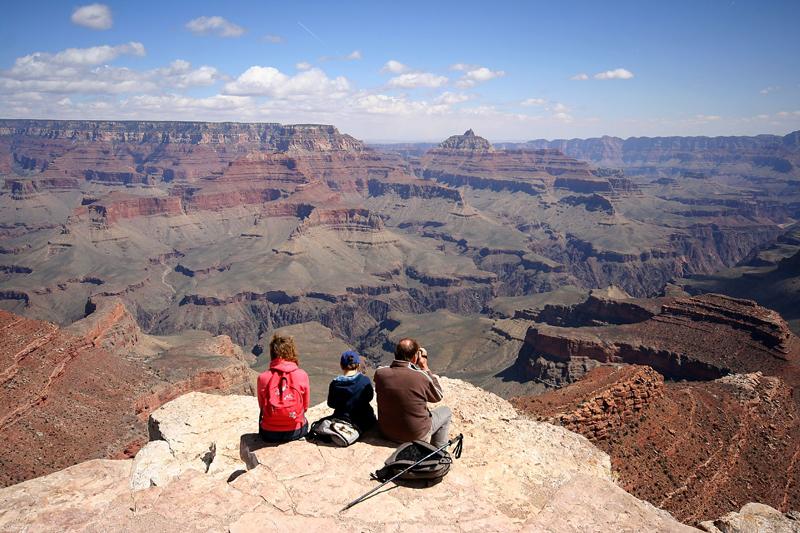
Grand Canyon National Park, Arizona
Bob the Lomond, Flickr
12. Visit the Grand Canyon
The Grand Canyon is one of the United States’ most iconic and important landscapes. In addition to containing some exposed rock that is nearly 2 billion years old and sites considered culturally significant by some indigenous communities, the canyon and surrounding watershed provides clean water to millions of people. This July 4th, check this breathtaking sight off your bucket list and enjoy a hike or scenic vista. Afterward, visit the surrounding towns, which go all-out with parades, fairs, fireworks and other attractions.
13. Explore Everglades National Park
Go on a boat tour of Florida's Everglades, the largest subtropical wilderness in America. This visually stunning landscape is home to a wide variety of plant and animal species, and if you visit, you might spot an American alligator, a manatee or many other species unique to the United States as you paddle, kayak or ride a tram or motorboat through this unique wilderness.
14. Enjoy a quintessential American beach town
Take a beach vacation on the sandy shores of Cape Cod National Seashore. With events like parades, firework displays, fairs and boat tours on offer, there is plenty to do while appreciating Cape Cod's natural beauty and rich American history. The sandy beaches and waters are the perfect place to cool down from the summer heat, and you can go whale-watching before you take in some traditional fireworks.
Take your kids hiking: 10 tips to make the adventure fun for the whole family
Mason Cummings, The Wilderness Society
10 extraordinary Native American cultural sites protected on public lands
Steve Dunleavy, Flickr
Civil rights history, underserved communities championed in new lands bill
Alan Spears, NPCA
